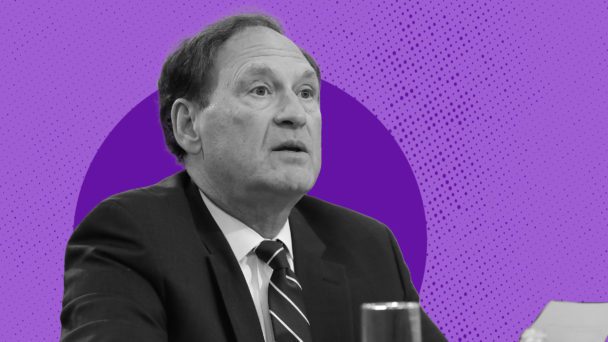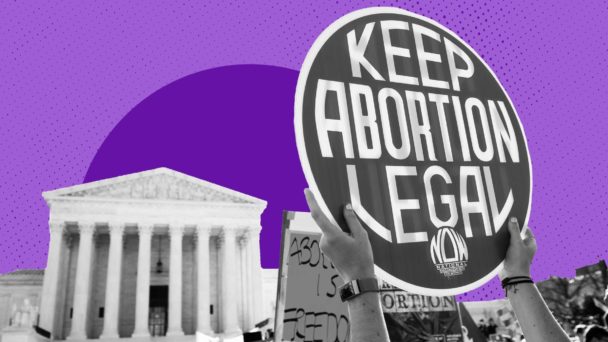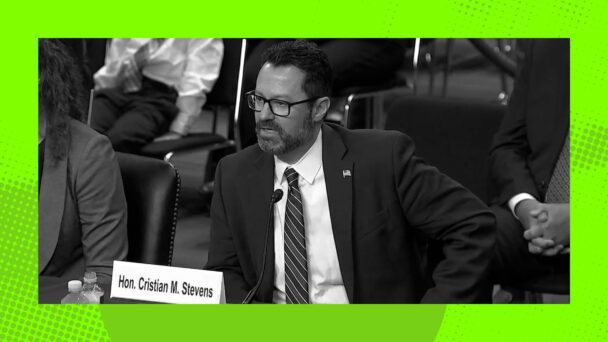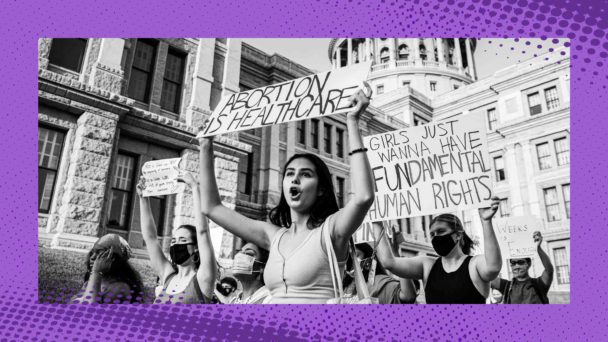Two years ago, when conservative activists lined up in support of Mississippi’s efforts to persuade the Supreme Court to overturn Roe v. Wade, they claimed they were doing it for the children. Anti-abortion lawmakers and advocacy groups filed briefs in Dobbs v. Jackson Women’s Health Organization that emphasized states’ alleged commitment to protecting fetal life. And the Supreme Court, in an opinion written by Justice Samuel Alito, in turn determined that Mississippi’s law banning most abortions was justified by the state’s “legitimate interest” in the “preservation of prenatal life at all stages of development.”
These characterizations suggested that abortion restrictions would be life-saving. New data confirms that abortion bans are nothing of the sort.
The dangers that abortion bans pose to the lives of women are well-documented at this point: Maternal deaths have tripled in states with bans in effect. But pregnant people are not the only ones harmed by anti-abortion laws. In the months after the Court decided Dobbs, infant mortality in the United States increased by seven percent. Over 700 more newborns have died during this period than would have otherwise been expected.
This data comes from a study conducted by Dr. Parvati Singh and Dr. Maria Gallo, researchers at the Ohio State University College of Public Health. Earlier research showed an increase in infant mortality after Texas enacted Senate Bill 8, which banned abortion after the detection of a “fetal heartbeat,” in 2021. Singh and Gallo investigated whether similar patterns emerged nationwide in the wake of the Dobbs decision, and published their findings on Monday.
Singh and Gallo observed that infant mortality spiked to higher-than-expected rates in October 2022, March 2023, and April 2023. This timing makes morbid sense: These increases came four, nine, and ten months after Dobbs, which roughly corresponds to “the time that congenital anomalies can be identified in the fetus and a full-length gestation term,” as Deidre McPhillips explained for CNN. The research also shows that much of the overall increase in infant mortality can be attributed to a 10 percent increase in mortality in pregnancies involving congenital abnormalities. Birth defects accounted for an average of 204 of the 247 excess deaths in each of the relevant months.
It is difficult to reconcile the loss of infant life caused by Dobbs with anti-choice activists’ claims about abortion bans saving lives and the Court’s credulous treatment of those arguments. Dozens of state attorneys general falsely claimed in an amicus brief that the Supreme Court’s precedents on abortion had “resulted in lower-court decisions holding that a woman has a constitutional right to have a doctor dismember her living unborn child.” In another amicus brief, hundreds of legislators from 35 states asserted that state legislatures enact abortion regulations “with the intent of protecting the life and health” of the “preborn.”
Alito’s Dobbs opinion similarly chided the liberal justices for not including “any serious discussion of the legitimacy of the States’ interest in protecting fetal life” in their opinion. “According to the dissent,” he wrote, “the Constitution requires the States to regard a fetus as lacking even the most basic human right—to live—at least until an arbitrary point in a pregnancy has passed.”
Anti-choice activists on and off the bench ignored the entirely predictable consequence of Dobbs: a sharp increase in horrible health outcomes, including more frail fetuses being carried to term and promptly dying. The conservative legal movement acted as if overturning Roe v. Wade would protect lives. In reality, it ended them.






